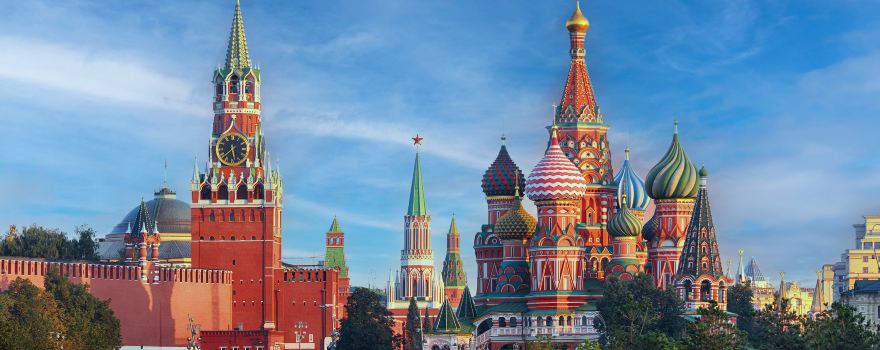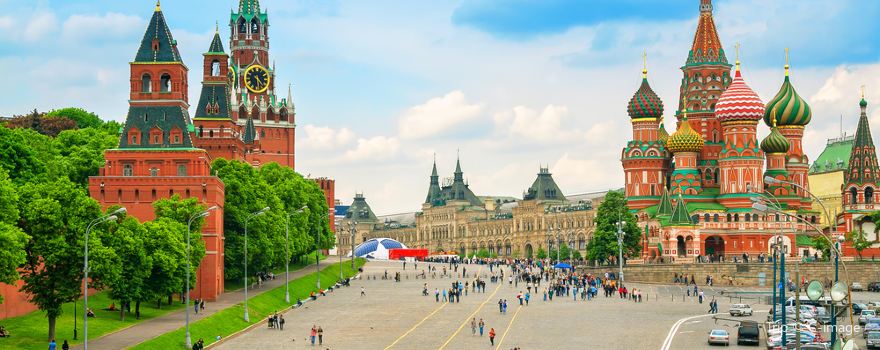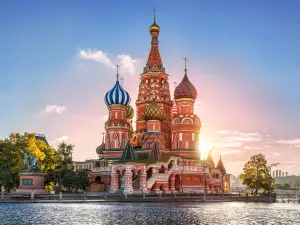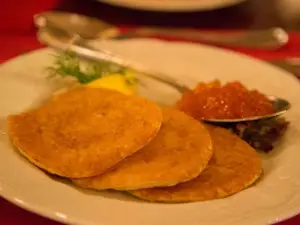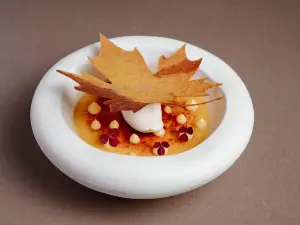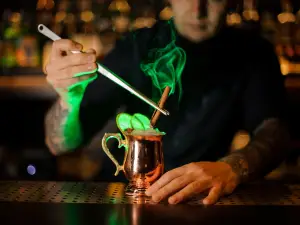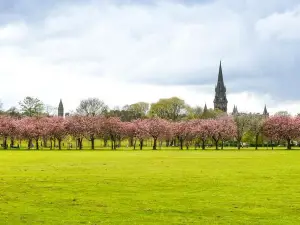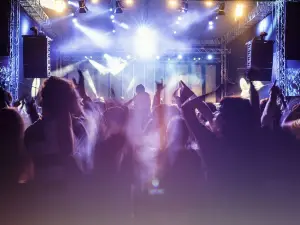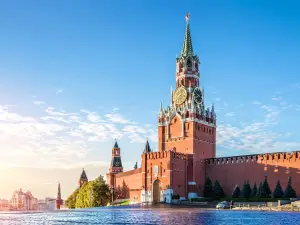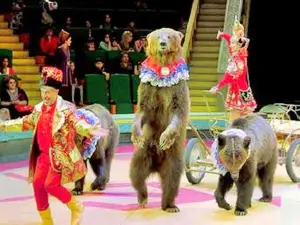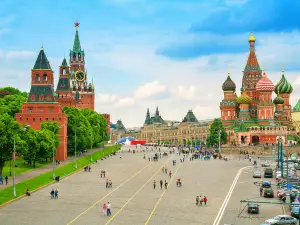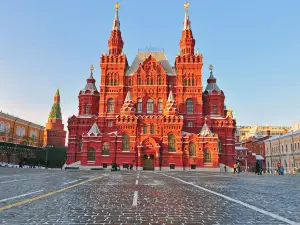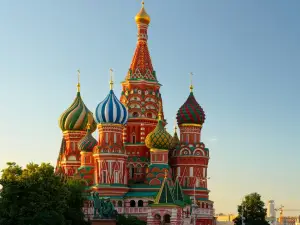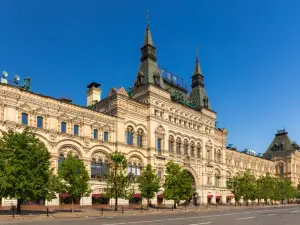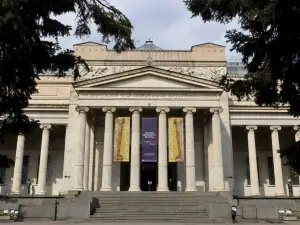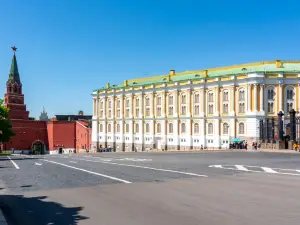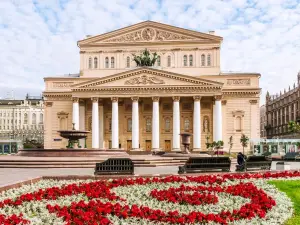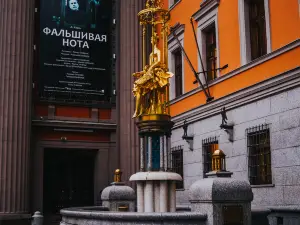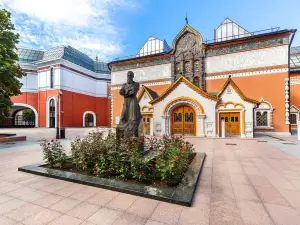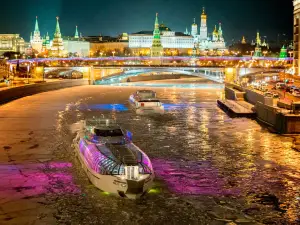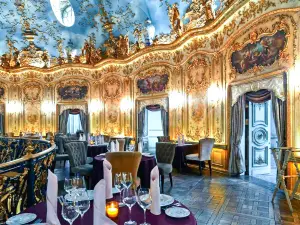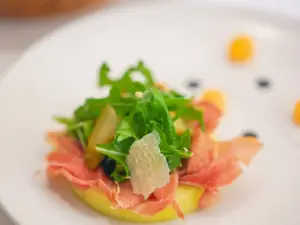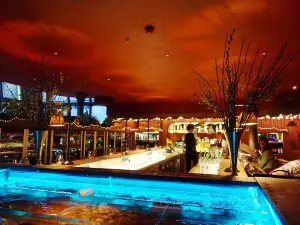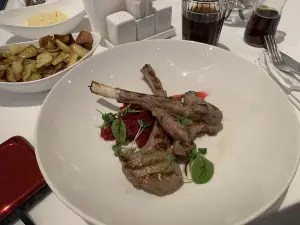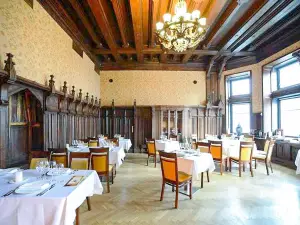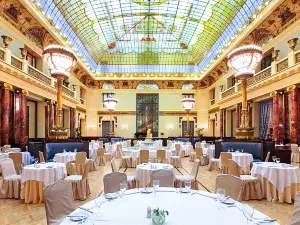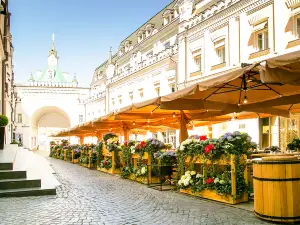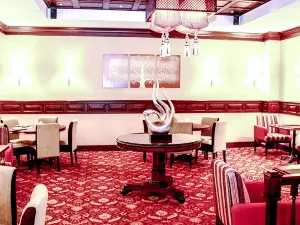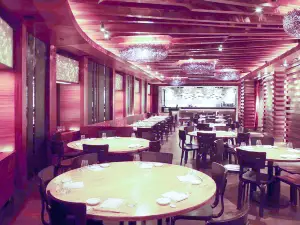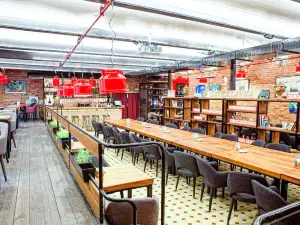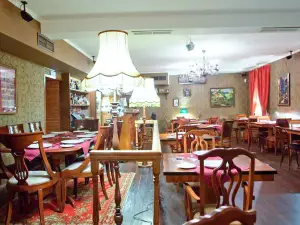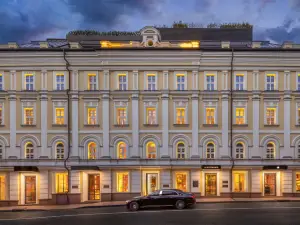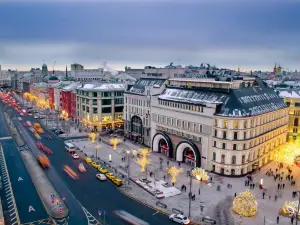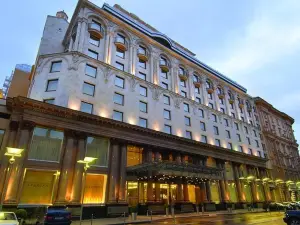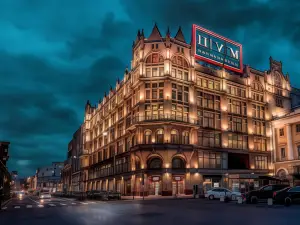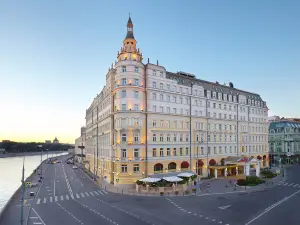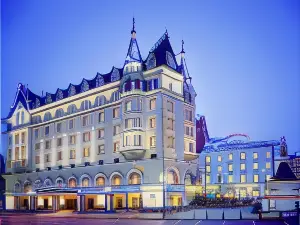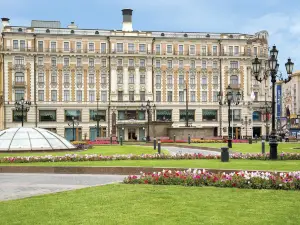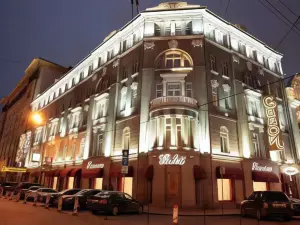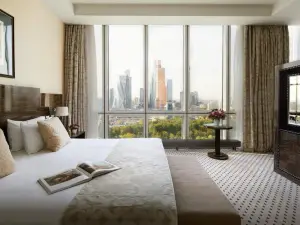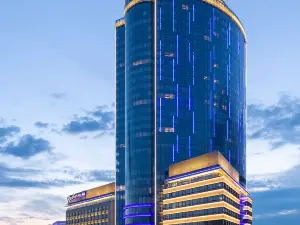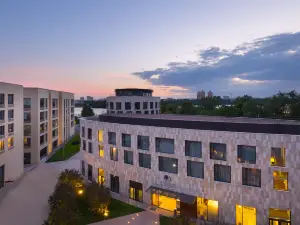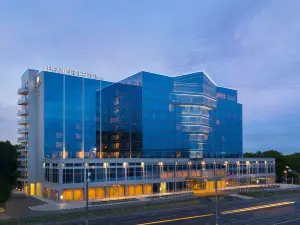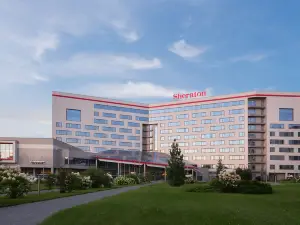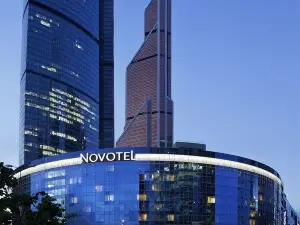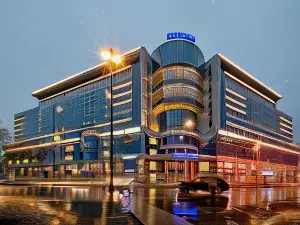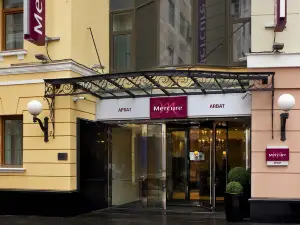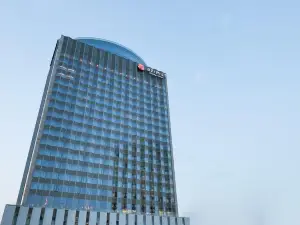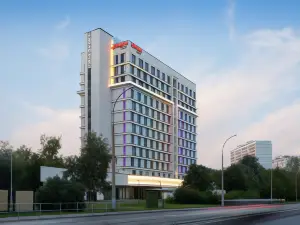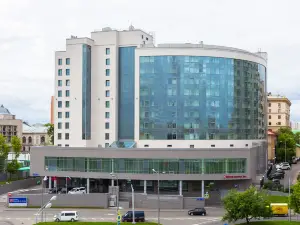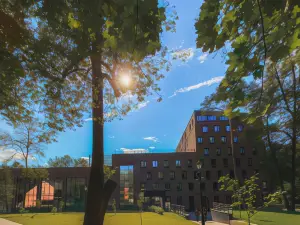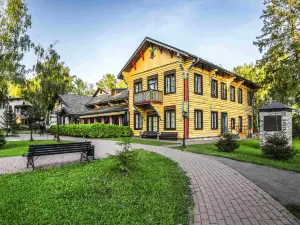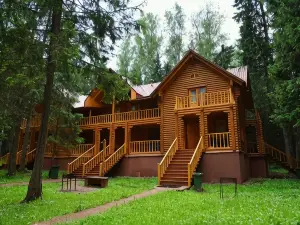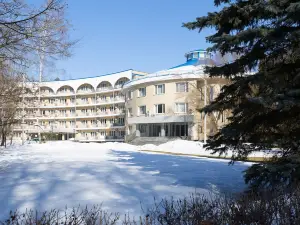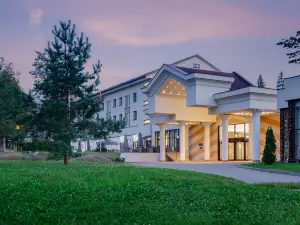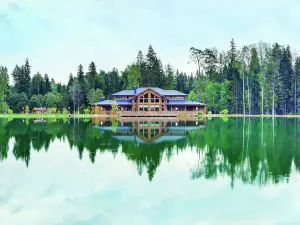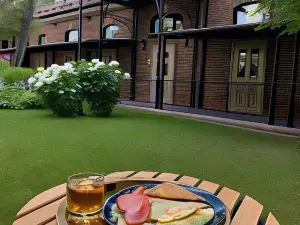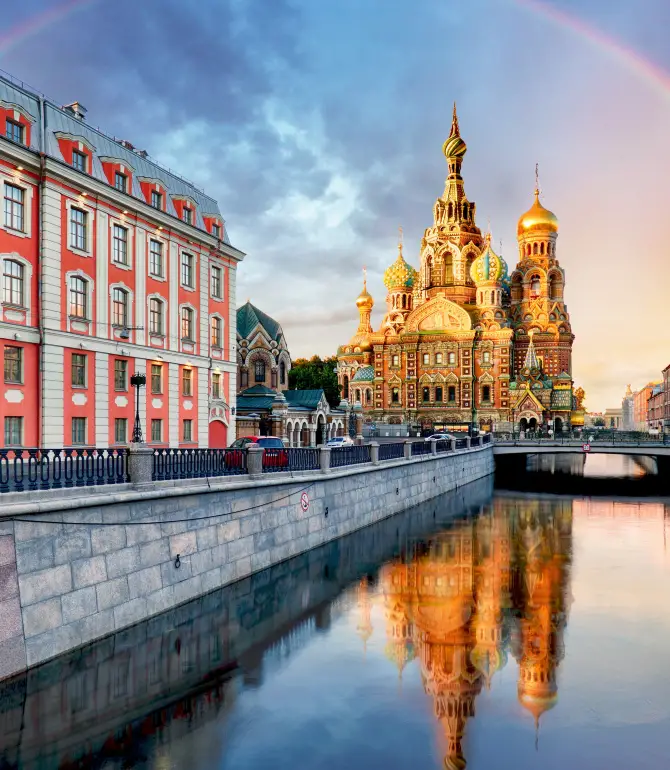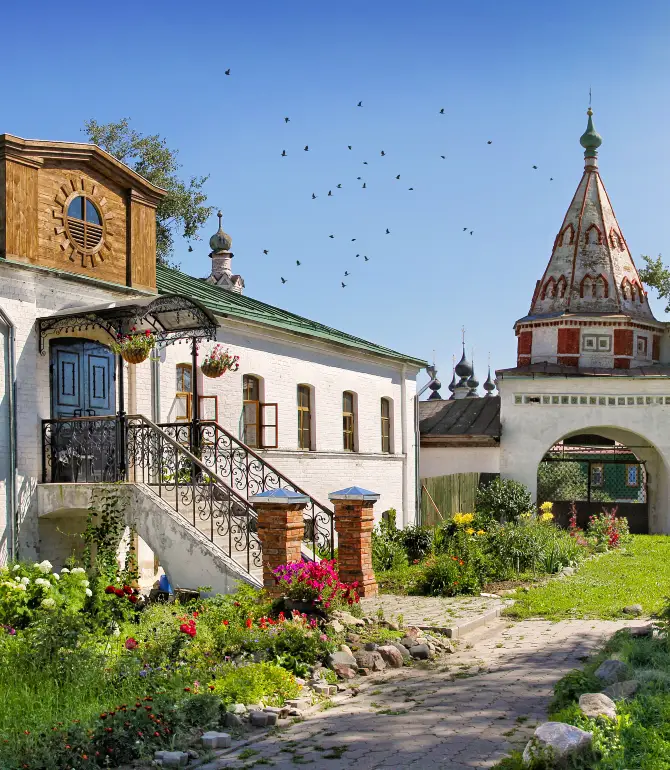2025 Moscow Travel Guide: Weather, Transportation, Popular Attractions, and Everything You Need (Updated 2025 3)
About Moscow
Recommended trip: 3–5 day(s)
Recommended trip: 3–5 day(s)Current Weather Conditions
Moscow Local Experiences Map
Moscow Local Travel Guide 2025
Moscow Brief Guide
Russia's capital city of Moscow is a metropolis with more than 800 years of history. The record book of the city's years contains many splendid chapters, each of which has left an indelible mark on the city's landscape in the form of magnificent buildings, parks and palaces. Red Square and the Kremlin, at the center of the city, are world-renowned symbols of Russia. Moscow is also a city with a strong cultural and artistic atmosphere. The countless art galleries will make any art lover's heart jump for joy. The works of the masters such as Ilya Repin and Vincent van Gogh can be seen in the Tretyakov Gallery and the Pushkin State Museum of Fine Arts.
Moscow Must-try Local Experiences
1. Explore Moscow's Iconic Landmarks Visit the iconic Red Square, home to St. Basil's Cathedral, Lenin's Mausoleum, and the State Historical Museum. Don't miss the Kremlin, a UNESCO World Heritage site and the President's residence. 2. Discover the Beauty of the Moscow Metro Experience the Moscow Metro, an underground museum with stunning Soviet-era architecture, mosaics, and sculptures. Be sure to visit Komsomolskaya, Mayakovskaya, and Kievskaya stations. 3. Experience a Night at the Bolshoi Theatre Attend a world-renowned ballet or opera at the historic Bolshoi Theatre. Its opulent interiors and captivating performances offer a glimpse into Russia's artistic heritage. 4. Wander through Gorky Park Enjoy a stroll or bike ride through Gorky Park, Moscow's central park. Visit the Garage Museum of Contemporary Art or attend a free outdoor concert. 5. Delve into Russian Art and History Explore the Tretyakov Gallery, home to a vast collection of Russian art from the 11th century to the present day. Admire masterpieces by Repin, Kandinsky, and Malevich. 6. Experience a Traditional Russian Banya Indulge in a traditional Russian banya with steam rooms, birch branch whisking, and plunge pools. Sanduny Baths is a popular choice for its historical significance. 7. Celebrate Maslenitsa Experience the vibrant Maslenitsa festival in late February or early March, marking the end of winter. Enjoy folk festivities, delicious blini, and the burning of a straw effigy. 8. Explore GUM Department Store Visit the iconic GUM department store on Red Square for its impressive interior and historical significance. 9. Capture the Beauty of St. Basil's Cathedral Capture stunning photographs of St. Basil's Cathedral on Red Square, experimenting with different angles and times of day. 10. Enjoy Panoramic Views from Sparrow Hills Head to Sparrow Hills for breathtaking panoramic views of Moscow, including landmarks like Moscow State University. 11. Explore the City by Foot Moscow is very walkable, allowing you to discover hidden gems and soak up the city's atmosphere. Explore pedestrian streets like Arbat Street. 12. Purchase a Troika Card for Easy Transportation Obtain a Troika card for convenient travel on Moscow's public transportation system, including metro, buses, and trams.
Moscow Travel Tips
1. Museum Closures: Be aware that many museums and galleries, including the Tretyakov Gallery and Pushkin Museum, are closed on Mondays. Plan your visits accordingly. 2. Bolshoi Theatre Dress Code: If attending a performance at the Bolshoi Theatre, adhere to the smart dress code. Men should wear a suit or jacket, while women should opt for elegant attire. Shorts, T-shirts and sneakers are not recommended. 3. Use Licensed Taxis: Always use licensed taxis. Taxi to ensure a safe and fair ride. Avoid accepting rides from unlicensed drivers. Licensed taxis in Moscow often have yellow license plates. 4. No Drinking in Public: Public consumption of alcohol is prohibited in Moscow, including parks, playgrounds, and courtyards. Drink only in licensed establishments to avoid fines.
Moscow Must-see Attractions
Moscow boasts iconic landmarks like the Moscow Kremlin and Red Square, enriching visitors with guided tours of historic sites, architectural wonders, and a dynamic cultural landscape through attractions such as the State Historical Museum and Great Moscow State Circus, each spotlighting Russia's rich heritage and national identity.
Moscow Where to Stay
Moscow is a city that offers a diverse range of accommodation options, with its hotels spread across various districts, each with its own unique characteristics. The city's accommodation scene is a reflection of its regional diversity, providing options for every type of traveler.
Moscow Food Guide
Moscow's food scene features grilled bass with various seasonings, vibrant Borscht with customizable ingredients, nutrient-rich Pelmeni dumplings, and the national beverage Kvass, all contributing to a diverse and flavorful culinary experience.
Moscow Useful Guide
Moscow's transportation infrastructure is robust, mainly supported by its multiple international airports and extensive railway stations, each serving as a vital node for both domestic and international travel. Airports: Sheremetyevo International Airport (SVO), the busiest in Russia, is located approximately 29 kilometers northwest of Moscow city center. It is a hub for the national carrier Aeroflot and features several passenger terminals (Sheremetyevo C, D, E, F) catering mainly to international flights. To travel from Sheremetyevo to central Moscow, the Aeroexpress train is a convenient option, taking about 35 minutes to Belorussky Railway Station. Domodedovo Airport (DME), situated about 45 kilometers south of the city, serves both domestic and international flights and is the second busiest airport in Russia. Similar to Sheremetyevo, it can be accessed via the Aeroexpress train, which connects the airport to Paveletsky Railway Station in roughly 45 minutes. Vnukovo International Airport (VKO), closest to the city center about 28 kilometers southwest, supports significant passenger traffic including domestic and international flights. The Aeroexpress train from Vnukovo to the Kievsky Railway Station in central Moscow takes about 35 minutes. Railway Stations: Moscow's railway system is anchored by several major stations, each serving different national and international routes. Leningradsky station, one of the oldest, provides services to the northwest of Russia and countries like Estonia and Finland. Yaroslavsky station is crucial for connections heading towards Siberia, the Far East, China, and Mongolia, largely due to it being the starting point for the Trans-Siberian Railway. These stations are well-linked through the Moscow Metro, making transit to different parts of the city accessible and efficient.
Trip.Best: Moscow
Things to do in Moscow
What to Do
St. Basil's Cathedral
GUM
Arbat Street
Flotilla Radisson Royal Moscow
What to Eat
Moscow Moments: Through Travelers' Eyes

Here's a Moscow itinerary for a day trip!

Trip to Moscow 🇷🇺

Day 2 of Russia Free Tour

Giant sculptures park in Moscow

oceanarium in moscow that everyone should see

Moscow is not recommended, because the aftertaste is really strong...

Moscow in Russia is Truly Amazing 🇷🇺

I went to Russia and was asked about these 15 photo spots!
What People Are Saying About Moscow
The Moscow Kremlin
Great Moscow State Circus
Red Square
State Historical Museum
St. Basil's Cathedral
GUM
The Pushkin State Museum of Fine Arts
Armoury Chamber
Bolshoi Theatre
Arbat Street
How much do you know about Moscow?
What's the most popular attractions in Moscow?
What is the best season to visit Moscow?
What's the best food in Moscow?
Best selfie spot in Moscow?
Best of Moscow
About
Site Operator: Trip.com Travel Singapore Pte. Ltd.

